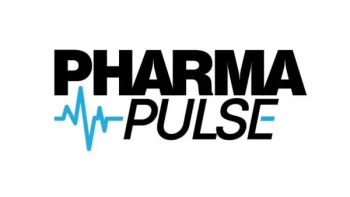
- Pharmaceutical Commerce - April 2010
SupplyScape, reborn as TraceLink, is back with the
Pedigree-pioneering team resurfaces with cloud-based collaborative platform
As promised last summer, TraceLink Inc. (Woburn, MA) has just introduced a suite of products to allow biopharma manufacturers (and others) to collaborate on a Web-based platform with the goal of increased visibility both down the supply chain to trading partners, and back to contract manufacturers and supply sources. The core management team of TraceLink, led by company president Shabbir Dahod, comes from SupplyScape, the company that pioneered pedigree technology to meet the first wave of state-level pedigree programs, then imploded after the California e-pedigree initiative was postponed in late 2008. Last summer, with venture backing, SupplyScape was acquired by newly formed TraceLink.
Based on company announcements, TraceLink is attempting to adapt hosted, Web-based collaborative tools to chemical, food and beverage and biopharma industries, and their business partners. Organizations will be able to join a network, then use a suite of resources to organize structured and unstructured data to manage supply, demand and visibility activities. The suite includes:
- Production tracking and forecasting
- Materials Tracking
- Supply analytics and quality review
- Inventory monitoring
- Product tracking and e-pedigree.
SupplyNexus and ProcessLink are two additional services to provide secure connectivity to create virtual teams to propose or manage supply networks. The company says that it is applying some of the same tools that have been developed at social networks like LinkedIn or Twitter to streamline data-sharing (although it avoids use of one of the common catchphrases in this arena, software as a service or SaaS). Membership in the network is free, and there is a piloting facility to try out the suite’s capabilities at the company website.
Demand visibility
“Visibility” and “collaboration” have been two of the more aspirational goals of today’s supply-management data systems; and while pedigree documentation (the requirement to produce a record of where a drug shipment has come from) mostly exists as a recordkeeping function, it has the potential to be a collaborative tool as well. Pedigree requirements originated in an era where trading partners needed to secure their supply chains against diverted or counterfeit product. Subsequently, problems with ensuring the integrity of raw material sources (as demonstrated by the heparin scandal of early 2009) led to industry efforts like the Rx-360 consortium, by which biopharma manufacturers hope to share sourcing information and quality audits.
Both of these drives are progressing by fits and starts, with most of the attention being paid to developing common industry standards for defining products, processes and business transactions. At the same time, numerous IT vendors have proprietary systems for managing supply chains that are gradually opening up to evolving industry standards like those of the GS1 organization. It remains to be seen whether a Web-based, open-to-all platform like the Predictable Supply Suite will be able to move these collaborations forward faster.
Articles in this issue
over 15 years ago
PBMs contact Congress over proposed USPS five-day delivery scheduleover 15 years ago
FDA puts a spotlight on cargo theft of life sciences productsover 15 years ago
New study sets benchmark for post-marketing surveillance processNewsletter
Stay ahead in the life sciences industry with Pharmaceutical Commerce, the latest news, trends, and strategies in drug distribution, commercialization, and market access.



